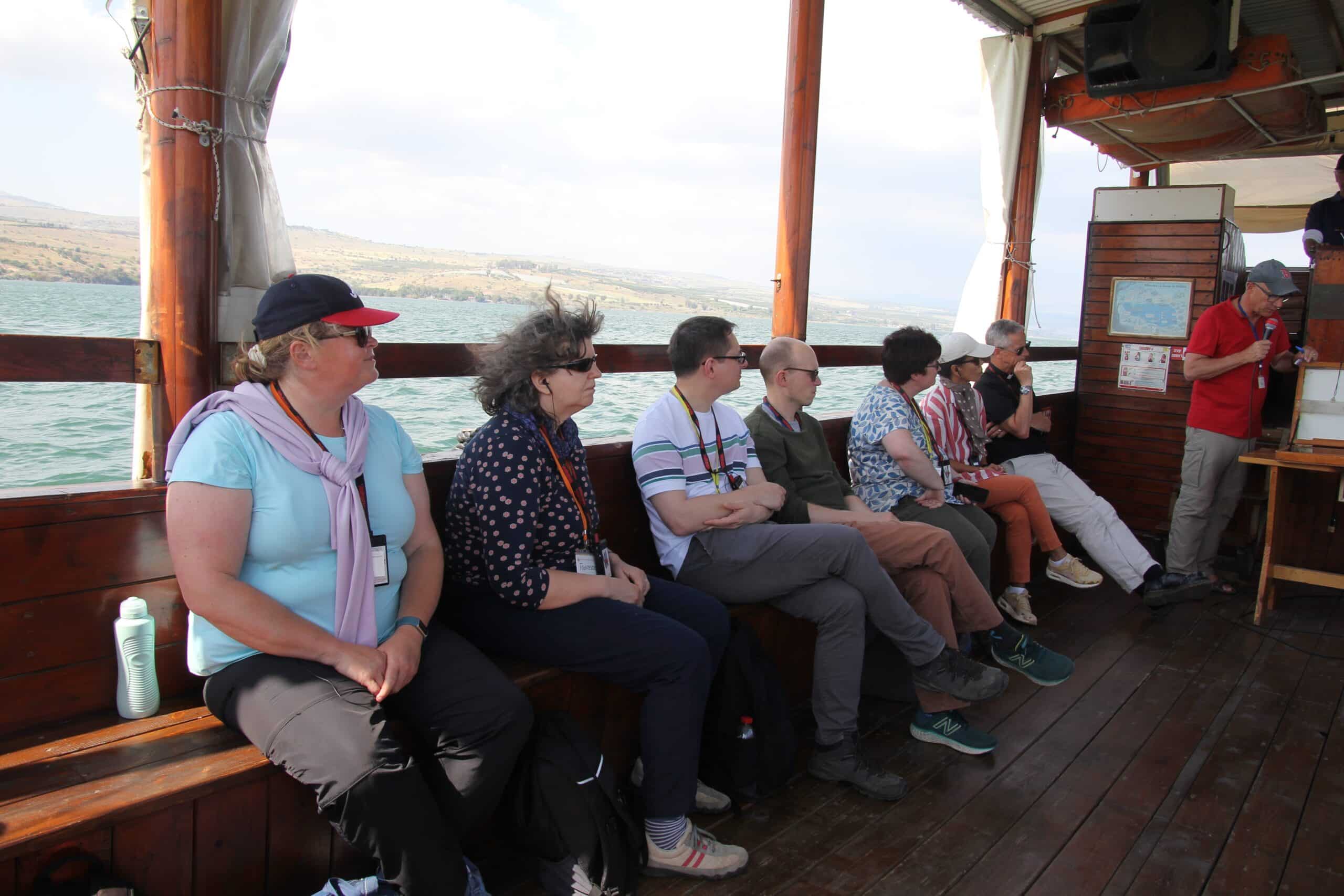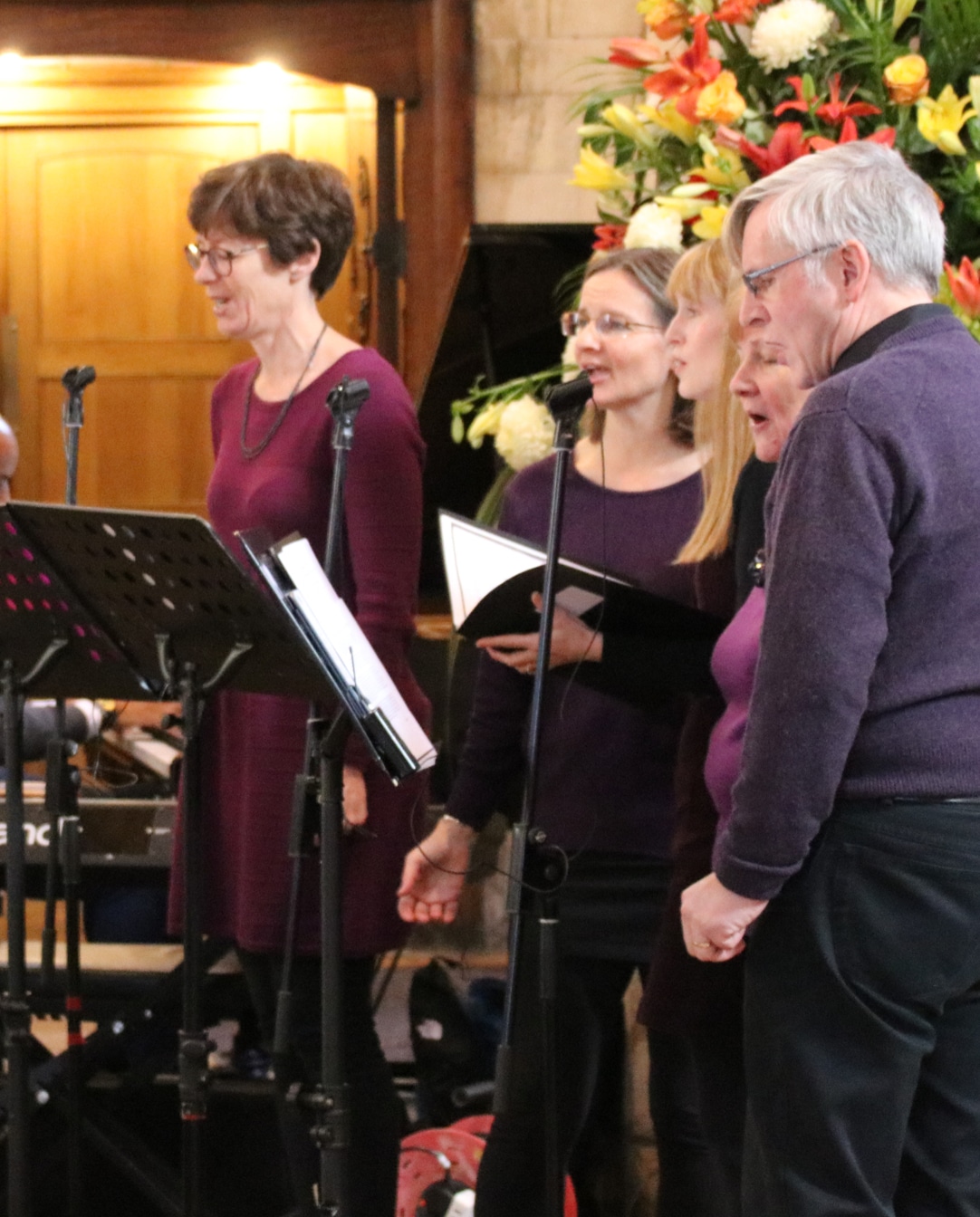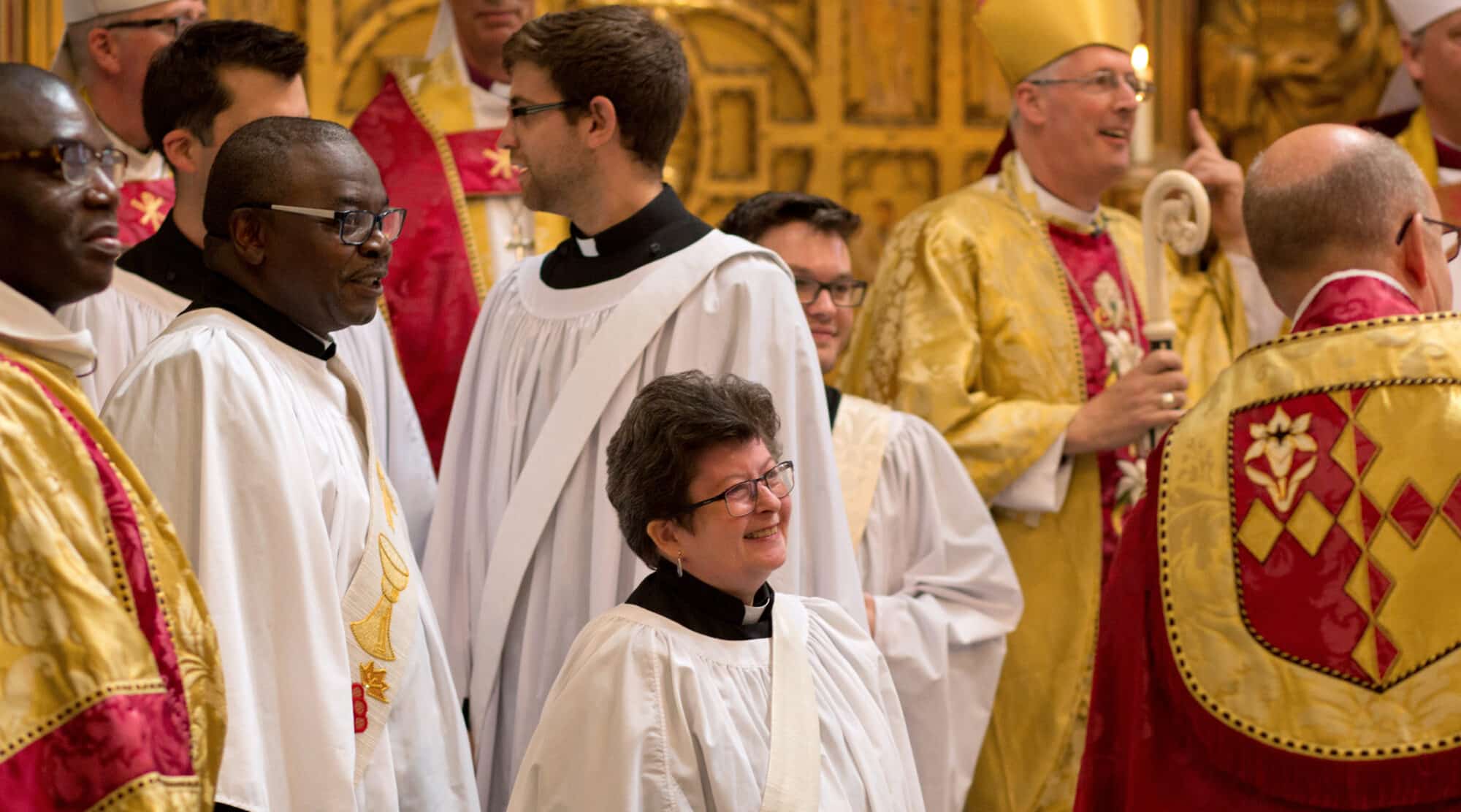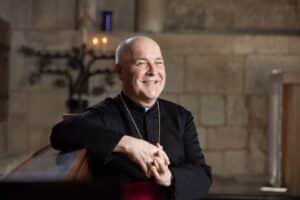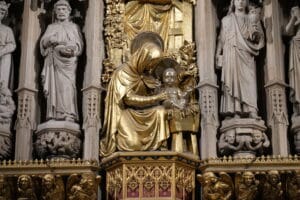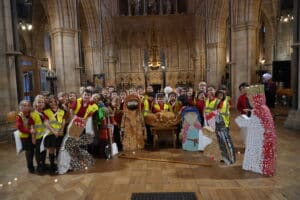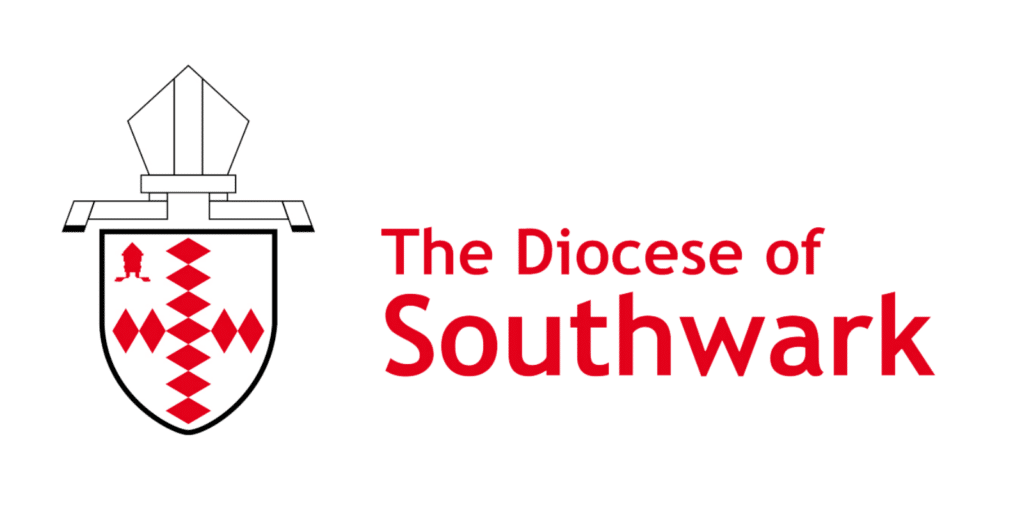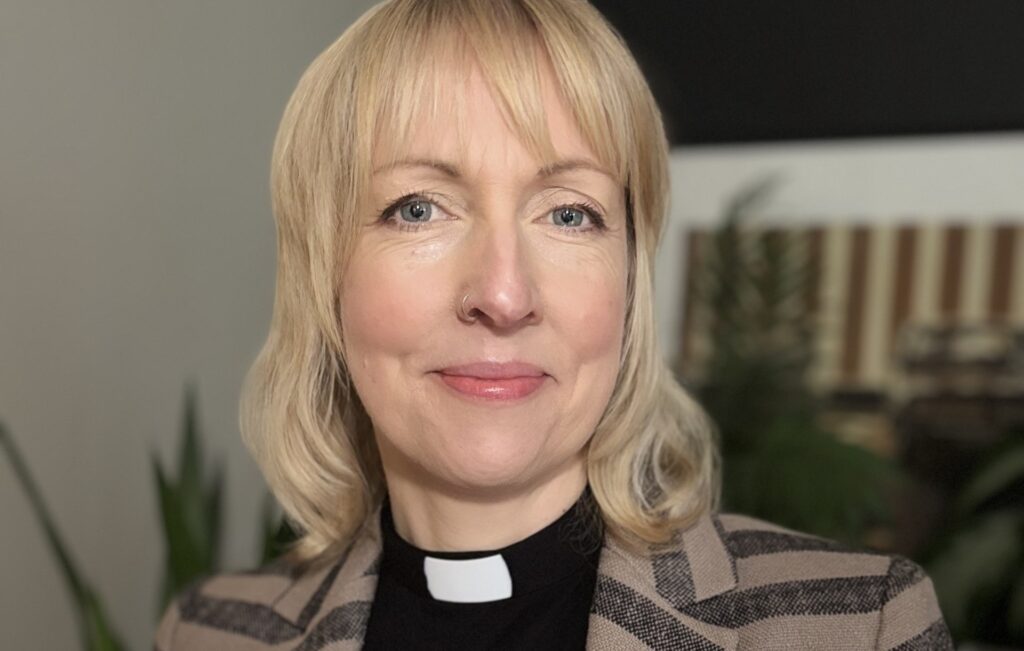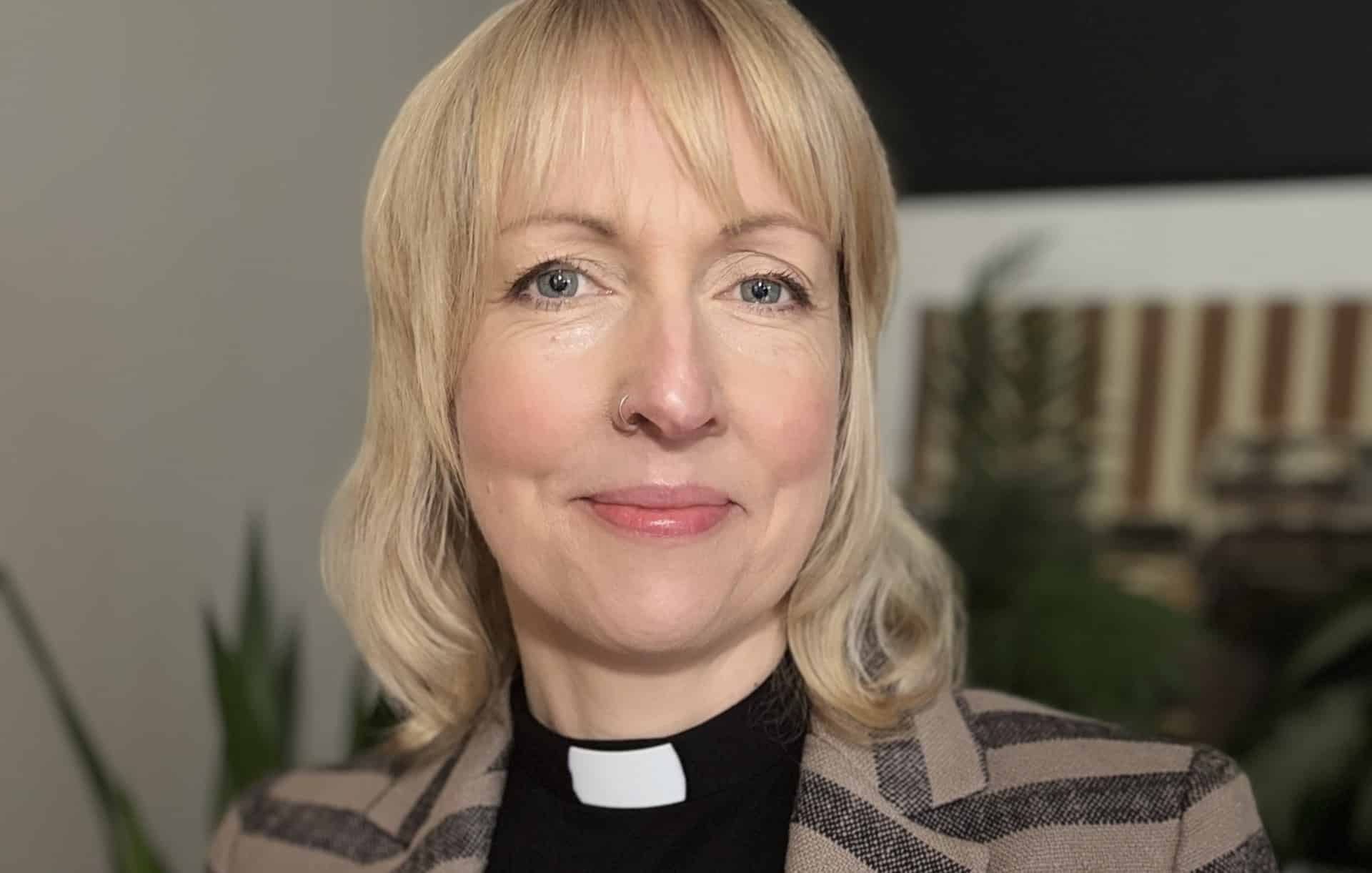Our day began by travelling 25 miles north of the Sea of Galilee, to the base of Mt Hermon. Caesarea Philippi is the location of one of the largest springs feeding the Jordan River.
This abundant water supply has made the area very fertile and attractive for religious worship. Numerous temples were built in this city in the Hellenistic and Roman periods. Apparently known as Baal Hermon and Baal Gad in the Old Testament period, this site later was named Panias (Banias) after the Greek god Pan who was worshiped here. There is no record of Jesus entering the city, but the great confession and the transfiguration both occurred in the vicinity of the city, then known as Caesarea Philippi.

When Christ asked, “Who do people say that the Son of Man is?” it was Simon Peter that answered: “You are the Messiah, the Son of the living God.”
In reply, Christ declared:
“And I tell you, you are Peter, and on this rock I will build my church, and the gates of Hades will not prevail against it. I will give you the keys of the Kingdom of Heaven, and whatever you bind on earth will be bound in Heaven, and whatever you loose on earth will be loosed in Heaven.” (Matthew 16:13-20).
This was particularly moving to think that Jesus brought his disciples here, and invited us to a ponder afresh who Christ is for each of us. We then moved to the Banias Falls, where we walked the nature trail which brought us to the stunning waterfall.
We then ventured to The Church of the Beatitudes, built on the site where tradition says that Jesus gave the Sermon on the Mount. The octagonal floorplan represents the eight beatitudes. The Church was designed by the Italian architect, Antonio Barluzzi.
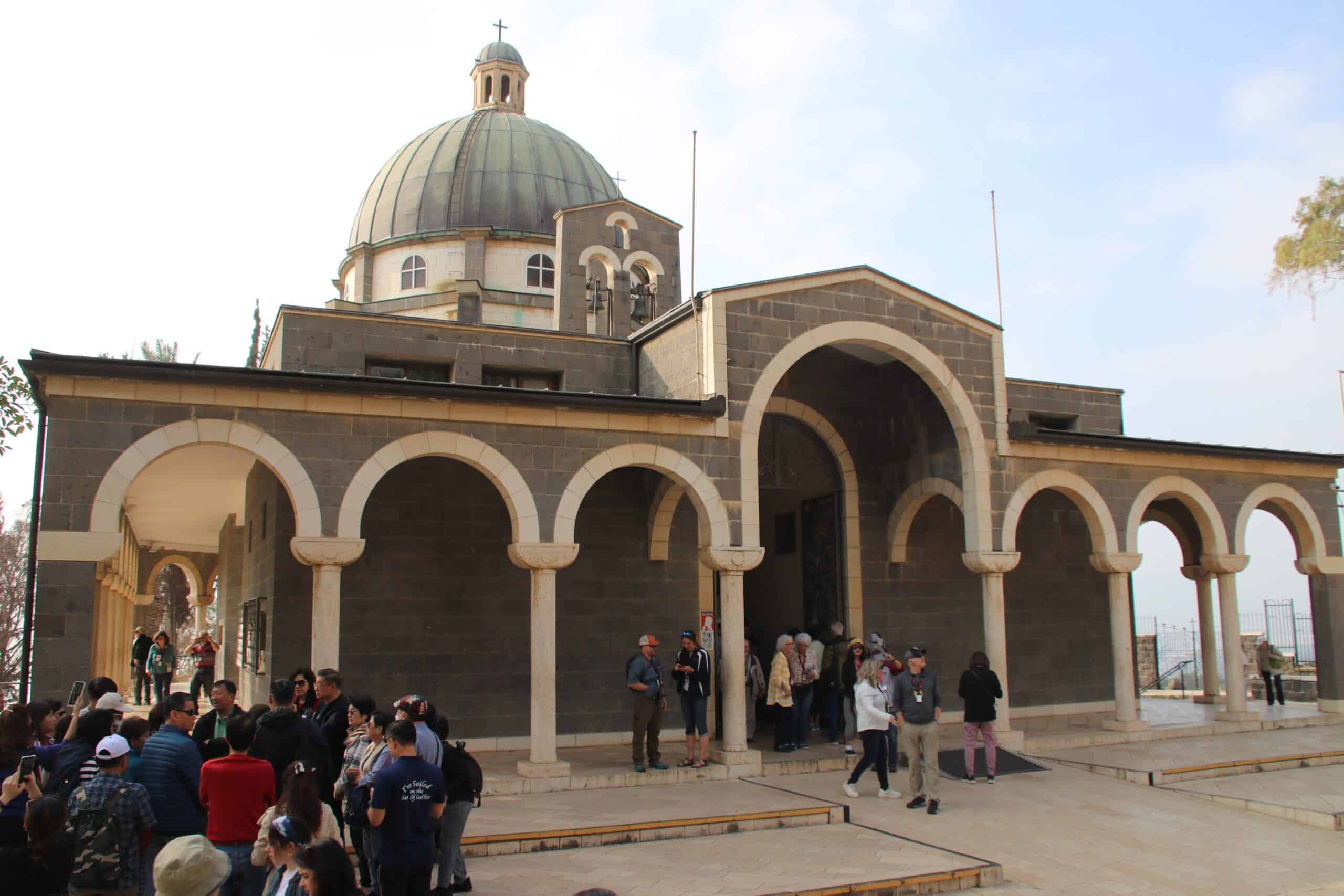
We were welcomed for lunch here and spent some time in reflection before heading down to the Sea of Galilee for an incredible boat ride. It was a joy to be on the water together and think about Jesus calming the storm.
